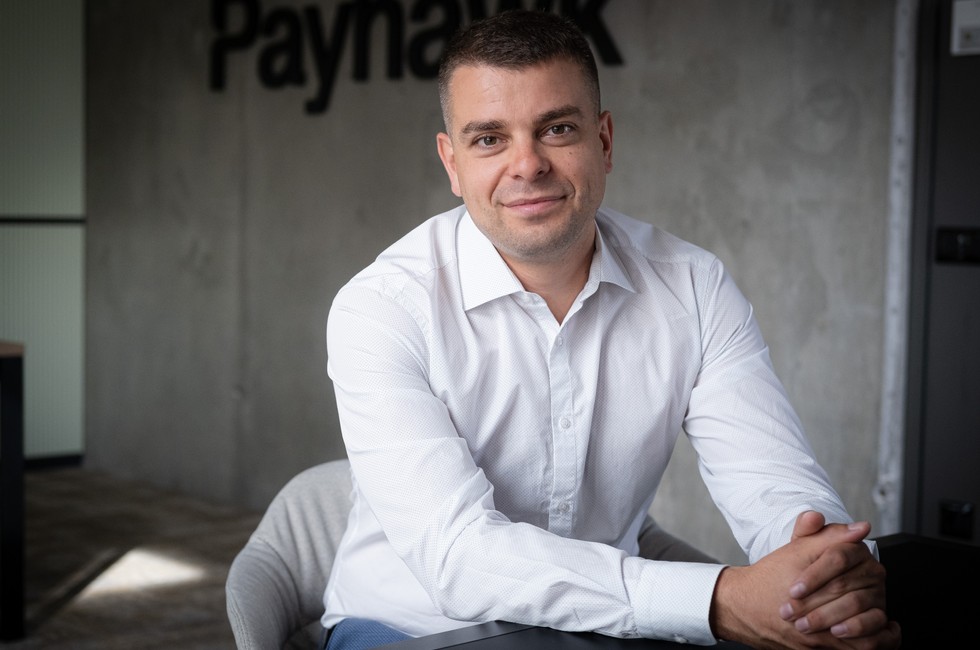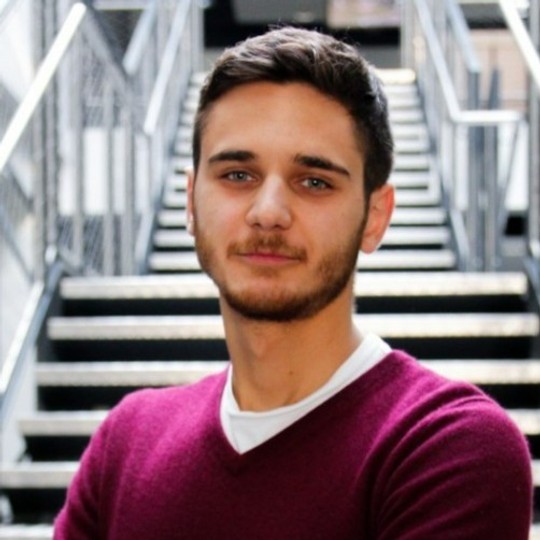.jpg)
The Benefits of PSD2 and Open Banking in 2020



In the past few years, there has been a lot of buzz around PSD2 and Open Banking. By many financial institutions it is referred to as one of the major steps in banking history. Figures published early this year show that customers' use of Open Banking in the U.K. has surpassed the one million customer mark for the first time. The numbers continue to grown strongly. Therefore, we wanted to "look behind the curtains" and elaborate on the benefits of PSD2 and Open Banking today.
By submitting this form, you agree to receive emails about our products and services per our Privacy Policy.
The most valuable thing a bank has is not cash or gold. It's the customer's data, the deep insight into the total wealth, allocation, and consumer behaviour.
In old-school banking, when a customer deposits a substantial amount into their bank account, the only person to call back is the bank account manager. Trying to sell an additional financial product.
The traditional way of banking created a one-to-one relationship with its customer. All other market participants didn't have a chance to offer an alternative financial service. As a result, customers would not have much choice when selecting a financial instrument. When banks are a monopoly, services will be limited, and prices will inevitably be high.
How is Open Banking different?
In a nutshell, Open banking (or PSD2 in Europe) is a legal framework introduced by the European Union and the UK. It forces banks to open their customers' account information, historical and current data to a third party (if the customer allows it) through an API (Application Programming Interface). This translates into numerous benefits for all kinds of businesses.
HBR report: how to drive business strategy and growth
Perfect Competition and Innovation
The first significant contribution of Open banking is that it incentivizes new participants to enter the market. However, it does also create a perfect competition and an opportunity for innovation. This allows other businesses and individuals to choose from a much more extensive range of services at a much lower price.
One of the first disruptors in the Fintech world were the small retail banks (also known as challenger banks). Riding a wave of innovative technology that's disrupting the traditional banks and focusing on delivering personalized banking services that reinvent the customer experiences, challenger banks are emerging rapidly worldwide.
New insights that help people manage their money
The possibilities created by mixing up financial data and other technologies that banks are not capable of providing are endless. Open Banking benefits consumers with new insights. The latter help businesses manage their money more effectively and access new products. Services are now becoming more personalized or tailored to the needs of both businesses and individuals.
A range of 'tools' like aggregation, analysis, monitoring, automation, payment requests, and recommendation makes dealing with money more convenient, simpler, and quicker. A simple example would be the H.M. Treasury, which provides a pensions dashboard, using numerous APIs so that people can see all their pension pots in one place.
In the world of B2B, PSD2 can allow businesses to have full access and control over their spending. Numerous service providers can build on top of customers' current banking accounts and customize their products to fit their specific needs. For example, transfers involve plenty of manual work and produce a lot of bottlenecks. Payhawk can directly integrate with your current bank and give you the option to pay outstanding invoices directly from the product. That way the organization has a holistic view of its payments as it combines card, cash and bank payments in a single process.
Integration
Open banking also creates opportunities for people to put combinations of products and services together. Services, which suit them without the inconvenience of dealing with multiple companies. In the past, you had to go to your bank to request data and get reports. Then you had to share it with an analytics company. Which on the other hand can create your credit card policy based on the insights. With Open banking, you could use one product that incorporates all these functionalities.
Ultimately, Open banking allows companies to gain access to multiple service providers from a single interface. Gareth Gaston, executive vice president and head of digital platforms at U.S. Bank, is also convinced of the power of integration. In his words: "Open banking integrates solutions into a seamless experience for business-to-business clients. They can then use however, many providers or solutions they would like rather than necessarily being married to one".
Final thoughts
Companies that take advantage of Open Banking & PSD2 have the power to bring substantial benefits to the end consumers. They do that essentially by aggregating their financial products in one place. But also by providing new insights about spending patterns, making recommendations about saving money, automating parts of the decision-making process, and even offering new ways to pay. It's now up to businesses to rip off the benefits.
At Payhawk, we utilize Open Banking by integrating bank services, delivering spending insights, and providing businesses with full control over their expenses. If you are curious to learn more about our product, don't wait and book a demo with us today.
Boris is a seasoned product leader with a diverse background in launching financial products and building innovative payment programs. Currently, he leads the Spend Management product area, where he is focused on revolutionising the travel management space with an enterprise-ready AI Travel Agent. Passionate about blending technology and user-centric design, Boris is dedicated to creating seamless, intelligent solutions that redefine the way businesses manage travel and expenses.
Related Articles
.jpg)

The top four HRIS features for data security & fraud prevention

